 In the May 1909 issue of Bookman,the correspondent ‘ Galbraith ‘ in his ‘ American Letter ‘ compares the brash exploits of American publishers to the more sedate efforts of their British confreres.
In the May 1909 issue of Bookman,the correspondent ‘ Galbraith ‘ in his ‘ American Letter ‘ compares the brash exploits of American publishers to the more sedate efforts of their British confreres.
American publishes and booksellers are remarkable in that they apploy the same ingenuity and audacity to book advertising that it is customary to use in the selling of soap and breakfast foods. Where the English publisher inserts in the newspaper a genteel announcement to the effect that “ So and So is Mr Such and Such ‘s finest book , and is really a remarkable story, the American publisher charters a full page in a popular daily, and prints upside down in the middle of it, something well near as striking as this:
“YOU ARE A LIAR
if you deny ‘So and So’
is the finest Novel
Ever Printed !”
Moreover, Galbraith contends, publishers don’t miss a trick when it comes to marketing gimmicks. When the American edition of Gaston Leroux’s The Perfume of the Lady in Black (published originally in France in 1908) appeared in 1909, the publishers Brentano’s , decided to perfume ( it was not said how they did it) ‘ every copy of the book with an almost overpowering fragrance so strong…that one may handle the book at a shop with gloves on, go back through the air of the streets to find one’s fingers still smelling strongly…’ Continue reading

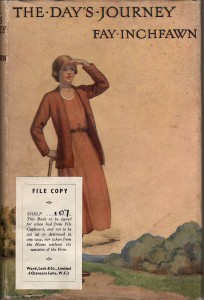 Discovered at Jot HQ is this first edition of one of the ‘Homely Woman’ pocket volumes by the prolific female writer Fay Inchfawn ( aka Elizabeth Rebecca Ward, 1880 – 1978), whose work is forgotten now, but whose books, which included popular verse, religious works and children’s literature, were once, to quote the blurb from her publisher Ward, Lock & Co in 1947, ‘to be found in countless homes, for more than half a million have been sold’.
Discovered at Jot HQ is this first edition of one of the ‘Homely Woman’ pocket volumes by the prolific female writer Fay Inchfawn ( aka Elizabeth Rebecca Ward, 1880 – 1978), whose work is forgotten now, but whose books, which included popular verse, religious works and children’s literature, were once, to quote the blurb from her publisher Ward, Lock & Co in 1947, ‘to be found in countless homes, for more than half a million have been sold’.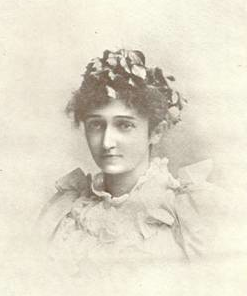 found on her lap following her suicide, aged just thirty, in December 1905. When discovered she was sitting in a comfortable chair dressed in a silk evening gown with fresh flowers in her hair. By her side was an empty bottle of phenol (carbolic acid), the poison of choice (bleach was another) for many suicides in the UK at that time, due to its availability and quick, but painful, action.
found on her lap following her suicide, aged just thirty, in December 1905. When discovered she was sitting in a comfortable chair dressed in a silk evening gown with fresh flowers in her hair. By her side was an empty bottle of phenol (carbolic acid), the poison of choice (bleach was another) for many suicides in the UK at that time, due to its availability and quick, but painful, action.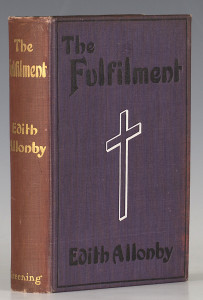
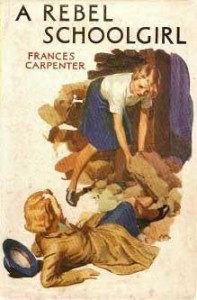
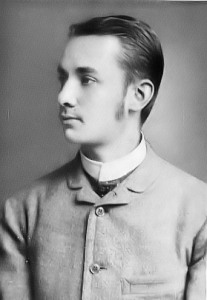
 Some of the other things?
Some of the other things?
